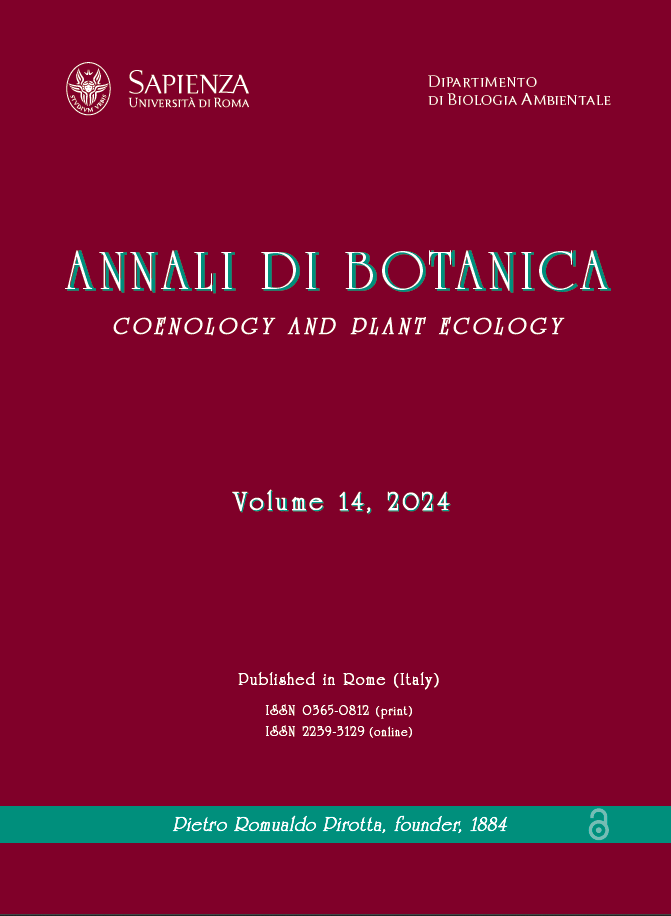Historical use of medicinal plants and future potential from phytotherapy to phitochemicals
DOI:
https://doi.org/10.13133/2239-3129/18564Keywords:
phytochemicals, PHYTOTHERAPY, ANTINEOPLASTIC AGENTS, HYPOGLYCEMIC AGENTS, ONE HEALTH, MEDICINE CHINESE TRADITIONALAbstract
Since the prehistoric times, humans have understood that plants, possessed healing abilities. The knowledge of herbal medicine has been accumulated for millennia by traditional healers and has been passed down from generation to generation. Phytotherapy has been used as the main therapy until the 18th century. Even today, between 40% and 80% of pharmaceuticals are phytochemicals or plant-derived and many of these have significantly altered or are still altering medical therapy. Most people in the world are or have been treated with phytochemicals or drugs derived from phytochemicals. Examples include antineoplastic agents (vinblastine, vincristine, etoposide, teniposide, paclitaxel, irinotecan, topotecan), antibiotics and antivirals (cephalosporins and oseltamivir), antiparasitics drugs (quinine and artemisinin), ICU drugs (morphine, neuromuscular blockers, ephedrine), cardiovascular drugs (digoxin, quinidine, atropine, reserpine), antidiabetics (metformin), and many others. Many of these agents are included in the WHO list of essential medicines. Plant-derived medicines have changed human history, contributing fundamentally to the survival and improved life expectancy of our species. Phytochemicals, derived from interactions between plants and the environment, are substances often created over millennia. If humans had not drawn on these substances for medical therapy, they would probably never have been able to produce such complex and effective substances in the treatment of disease. As knowledge of the healing properties of plants is present in traditional medicines, ancient manuscripts should be studied as potential sources of contemporary pharmacotherapy. Unfortunately, in recent years several trends have begun to threaten biodiversity and consequently also phytochemical resources. From this perspective, the "One Health" approach finds further justification and could also encourage the discovery of revolutionary new phytochemicals.
Downloads
Published
How to Cite
Issue
Section
License
Copyright (c) 2024 Angelo Emilio Claro, Clelia Palanza, Marianna Mazza, Giovanna Elsa Ute Muti Schuenemann, Marta Rigoni, Alfredo Pontecorvi, Luigi Janiri, Dario Pitocco, Paola Muti

This work is licensed under a Creative Commons Attribution-NonCommercial-ShareAlike 4.0 International License.
The copyright for articles in this journal are retained by the author(s), with first publication rights granted to the journal, articles are free to use with proper attribution in educational and other non-commercial setting.

